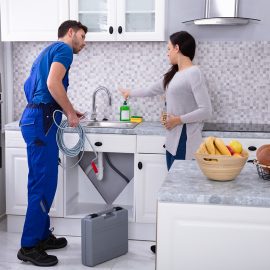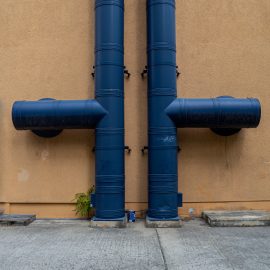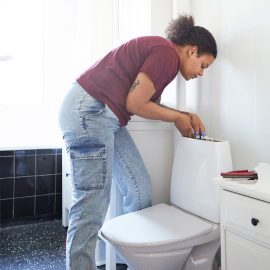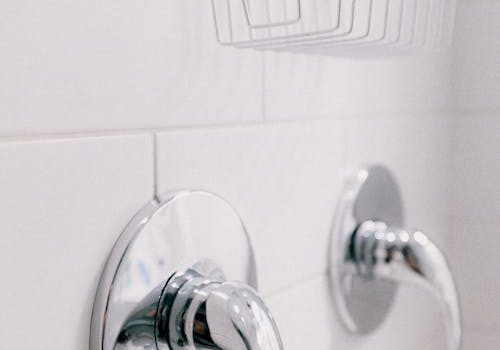
What Is a Wall Valve?
What is a wall valve? A wall valve lets you close or opens the water supply to a plumbing system with a simple manual action.
Uses
A wall valve is essential in a plumbing system, and its easy accessibility is recommended. It allows cutting off the water quickly in case of a leak or during plumbing work.
For instance, wall valves with bleed screws are used in plumbing systems that need to be bleed (e.g., in outdoor installations).
Features
The wall valve is connected to the copper water supply pipes and can be two- or three-way. The temperature range can be set according to the application.
A wall valve has several characteristics, the main one being the size and type of its thread. Measured in metric or inches, it can be 12/17 mm or 3/8′; 15/21 mm or 1/2′; 20/27 mm or 3/4′; 26/34 mm or 1′, and of male/male, male/female or female/female type.
The valve body is usually made of brass, but can also be made of stainless steel. The control can be a butterfly (the butterfly has the shape of a wing nut, composed of two small helices) or a quarter turn (easier to use), in which case it has a lever of a few centimeters that the user operates on a quarter turn.
When the valve is opened or closed, the pipe is sealed by a ball valve or plug (more expensive).
Note: valves for heating systems are specific (glycol resistance, temperature range).
Installation of a wall valve
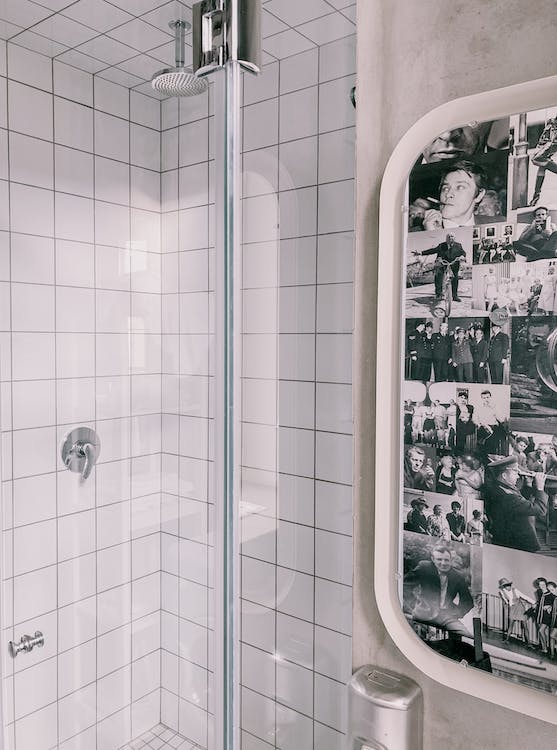
Procedure
A wall valve, also known as a shut-off valve, is not attached to the wall itself but to the copper pipes to which it is connected. The pipes are attached to the wall with clamps and screws. These are installed in the support with dowels adapted to the material and evenly spaced to ensure greater strength. The copper pipes have a male or female spigot at the end and the corresponding screw thread for the valve.
The assembly is sized at the time of installation (in the case of new installations). In the case of renovation, it is customary to size the valve to the existing fittings (simplicity). In case of unavailability or incompatibility, reducer or nipple-type fittings can be installed. The valve connection is made with sealing compound and wire or, in rare cases, Teflon.
Please note: due to the action of atmospheric agents and the hardness of the water, the action of the valve lever may become difficult over time.
Price and distribution
Wall-mounted valves are sold by DIY stores, specialized distributors, hardware stores, on the Internet, and by plumbers/heaters as installers.
The price range is fairly uniform in each category: count about $7 for a 2-way 15/21 mm male/female brass water supply butterfly valve; $30 for a 2-way female/female 20/27 mm heating system valve; $20 for a 3-way, quarter-turn or butterfly 20/27 mm female/female/male brass water supply valve.
Hope this post has provided you with the information you were looking for. Remember to jot down a few words in the comments below.
Read more:
- Pipes and Wrenches | Installing a Shower Tray;
- How to Choose the Proper Bathroom Faucets;
- 6 Easy Steps to Descale a Faucet Aerator;
- How to Repair the Joints of a Leaking Faucet;
- 5 Steps to Install a Flexible Tank;
- Gutter for Rainwater Harvesting;
- How to Descale a Water Heater;
- Pipes and Wrenches | Unclogging a Drain;
- Plumbing: Importance of Laying Drains With the Correct Dimensions;
- 5 Steps to Dress a Bathtub;
- What Is Tectite Fitting in Plumbing;
- Interest and Usefulness of the Different Plumbing Shut-off Valves;
- Why Use PE (Polyethylene) Fittings;
- What Is a Plumbing Sleeve?

